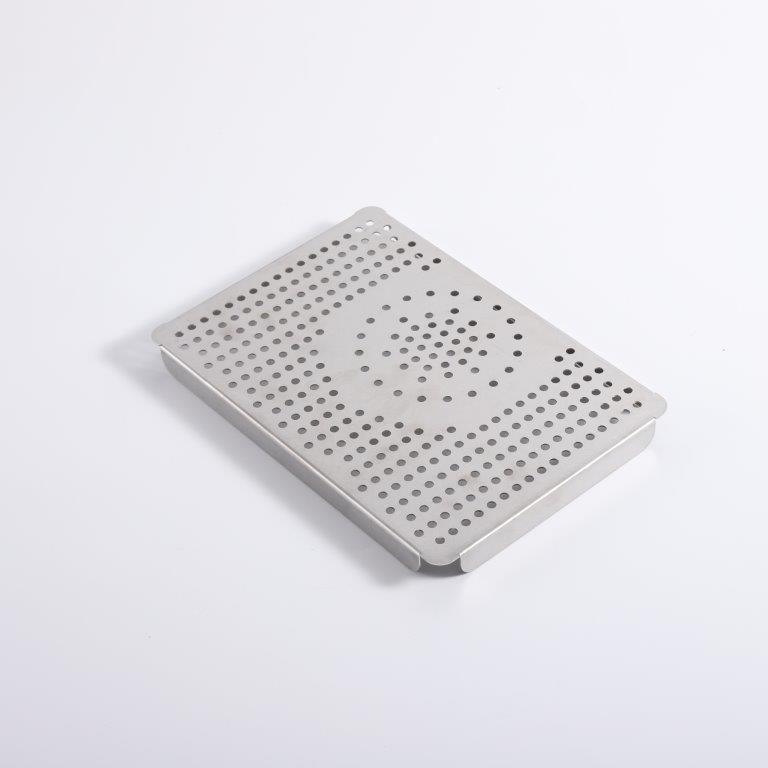NEC Energy Devices has announced that it has prototyped a lithium-ion secondary battery for commercial drones and plans to launch its products. According to reports, compared with the use of lithium polymer secondary batteries commonly used in drones, the use of newly developed batteries can make the number of flights more than twice the former.
NEC has newly developed a positive electrode material with a larger power capacity per unit weight, and the weight energy density at high power output is about 33% higher than that of the company's original products. In this way, compared with the original products of the company, the flight time and flight distance of the drone can be extended by about 33% under the same weight; at the same energy value, the battery can be reduced by about 25%. At the same time, the electrode resistance is reduced by optimizing the electrode composition, and the energy power density (the energy that can be output per unit weight) is increased by 40% compared with the original product. With this, the drooping of the output current can be improved when the drone rises rapidly and rapidly drops, achieving a long-term stable flight that can reduce the influence of the wind, and a low temperature of about -10 ° C without heating the battery. Flying under the environment.
In addition, the newly developed battery is also improved in durability at the time of repeated charge and discharge by 10% or more by optimizing the combination of an electrode material, an electrolyte solution, an additive, and the like. This durability is equivalent to twice the level of a conventional lithium polymer secondary battery, which contributes to prolonging the battery life, thereby reducing the application cost, and the battery uses high temperature resistance in the insulating separator of the positive and negative electrodes. Strong products ensure safety.
In the future, the company will conduct trial and error in the actual natural environment to promote the realization of mass production. The product is scheduled to begin sales in the first quarter of 2017 with the goal of achieving sales of 2 billion yen in 2018.
A sheet metal stamping operation is one in which sheet metal is cut and formed into a desired shape or profile. Although a sheet metal stamping process may utilize numerous types of special machines, three basic items are essential: the sheet metal from which the part is to be made; the stamping press; and the stamping die.
With the exception of a specialized sheet metal stamping process commonly referred to as hot stamping, most sheet metal stamping operations involve cold forming. This essentially means that no heat is intentionally introduced into the die or the sheet material. However, keep in mind that although stamping is a cold-forming process, heat is generated. Cutting or forming sheet metal creates friction between the die and the metal-much like the friction and heat that occur when you rub your hands together.
Benefits you can enjoy when you work with our team of experts include:
Consistency: Stamping produces a high volume of finished products made to precise specifications with matching consistency over large batches and multiple production runs.
Adaptability: With vertical integration for our processes, we can respond to issues and change your order in a fraction of the time it takes when using an outsourced provider.
Cost: Metal stamping is already a cost-effective way to produce goods. Our services make it even more competitive by eliminating unnecessary expenses and controlling material waste.
Speed: At Fairlawn Tool, Inc., we specialize in high volume metal fabrication. Our processes and metal stamping capabilities are all as efficient as possible to ensure short lead times and rapid product delivery

Sheet Metal Stamping,Custom Metal Stamping,Custom Sheet Metal Stamping,Precision Sheet Metal Stamping
Suzhou FCE precision electronics Co., LTD , https://www.sjfukeyifcesz.com